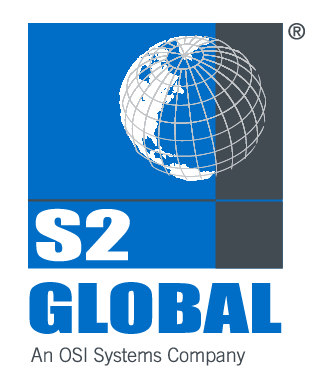AI + Customs to Accelerate Secure Trade
AI + Customs to Accelerate Secure Trade
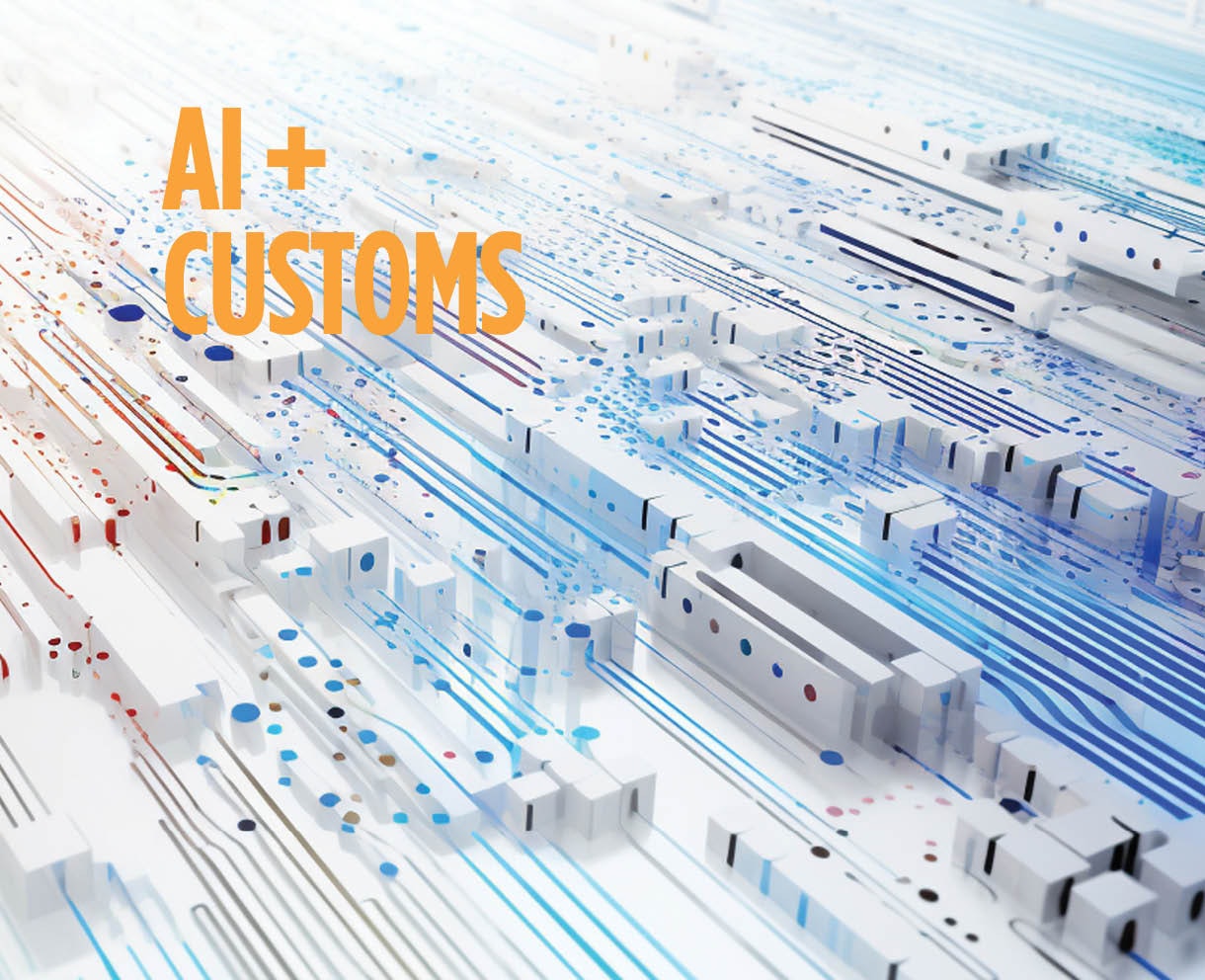
ChatGPT, the artificial intelligence tool was trained using a diverse and extensive corpus of text from the internet pre-2021. From there it was refined into a static tool for interacting with its knowledge. If you have tried ChatGPT you may have experienced its ability to just make things up, even drawing conclusions that don’t quite make sense. But, it’s young and doesn’t have access to live information, so let’s call this a first step into the possibilities for the way we interact with shared knowledge online.
Another very interesting AI model was developed by a team at Massachusetts Institute of Technology (MIT) and is an image based tool for detecting lung cancer in x-ray scans. The model, called Sybil was trained on hundreds of labeled CT scans with visible cancerous tumors to ensure it would be able to accurately assess cancer risk. By using this detailed method, the model was able to develop some predictive capabilities as to which lung was most likely to develop cancer.
Data is essential to developing algorithms. Even more labeled x-ray images would be required for cargo due to:
Complexity of cargo shipments including mixed commodities
Identification of thousands of goods and how they look on an image
Inclusion of shipment data from text resources
With an integrated inspection program collecting data from more trade, it is possible to collect this information and have a reliable library to build detection algorithms for Customs, accelerating secure trade.
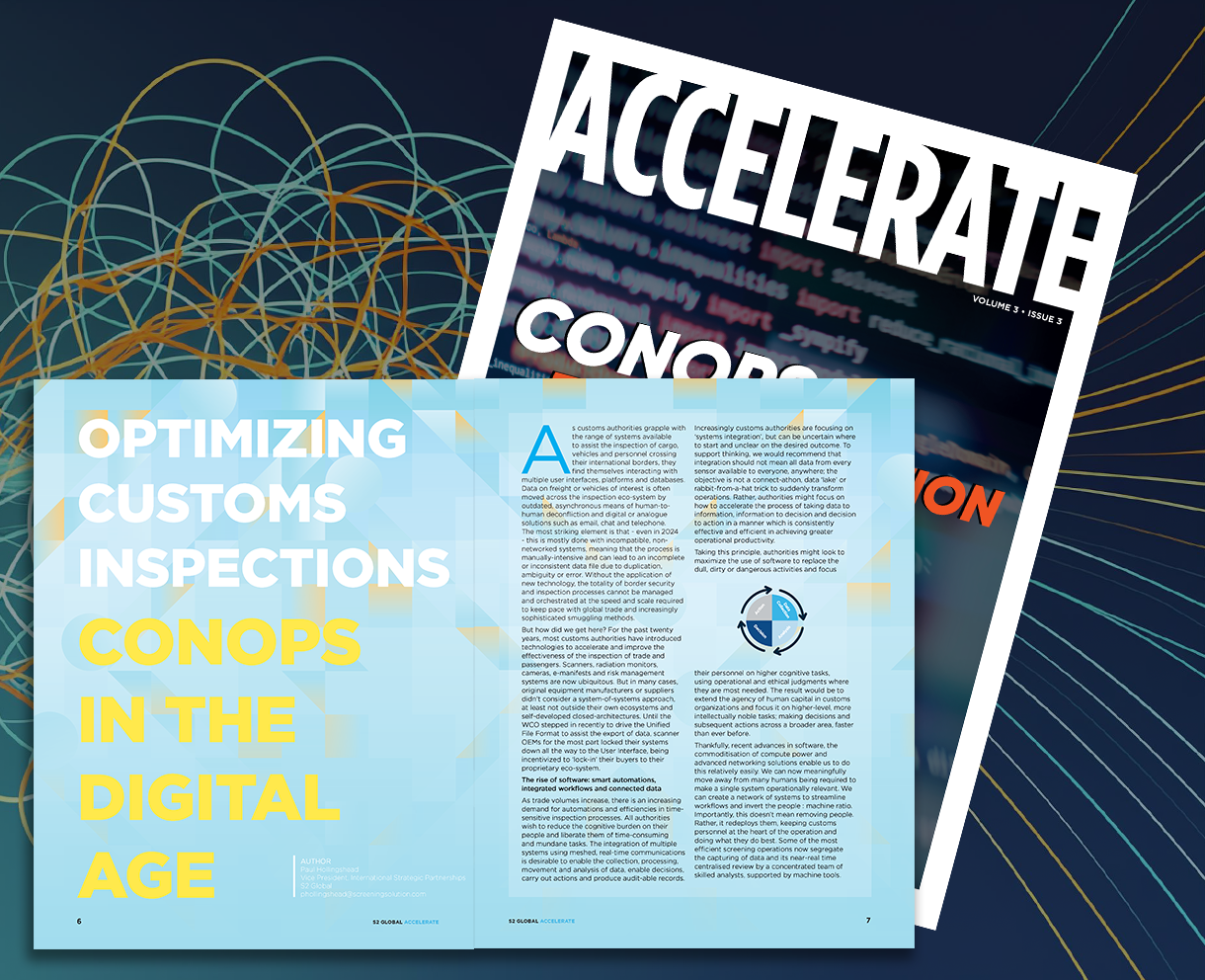
CONOPS Transformation
By the end of this issue, you’ll have a comprehensive understanding of how to leverage technology to elevate your operations.
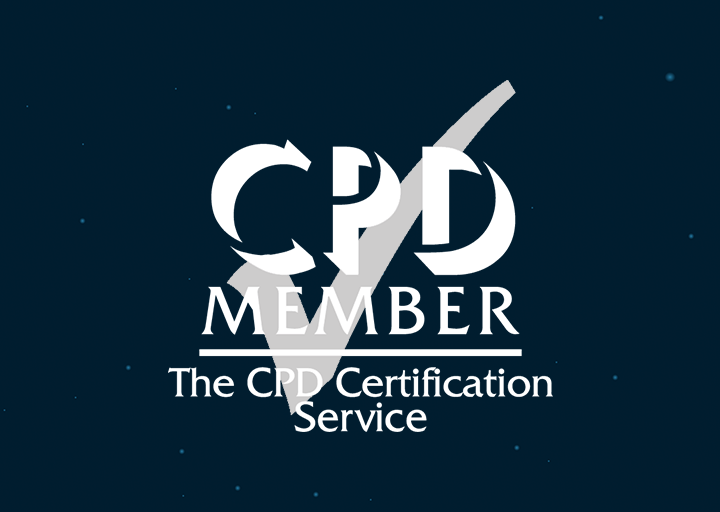
S2 University Image Analysis is Now CPD Certified
Tested and approved for CPD Certification, the S2 University 5-Day Image Analysis Program builds skills to increase detection of trade fraud, contraband, weapons and dangerous material.
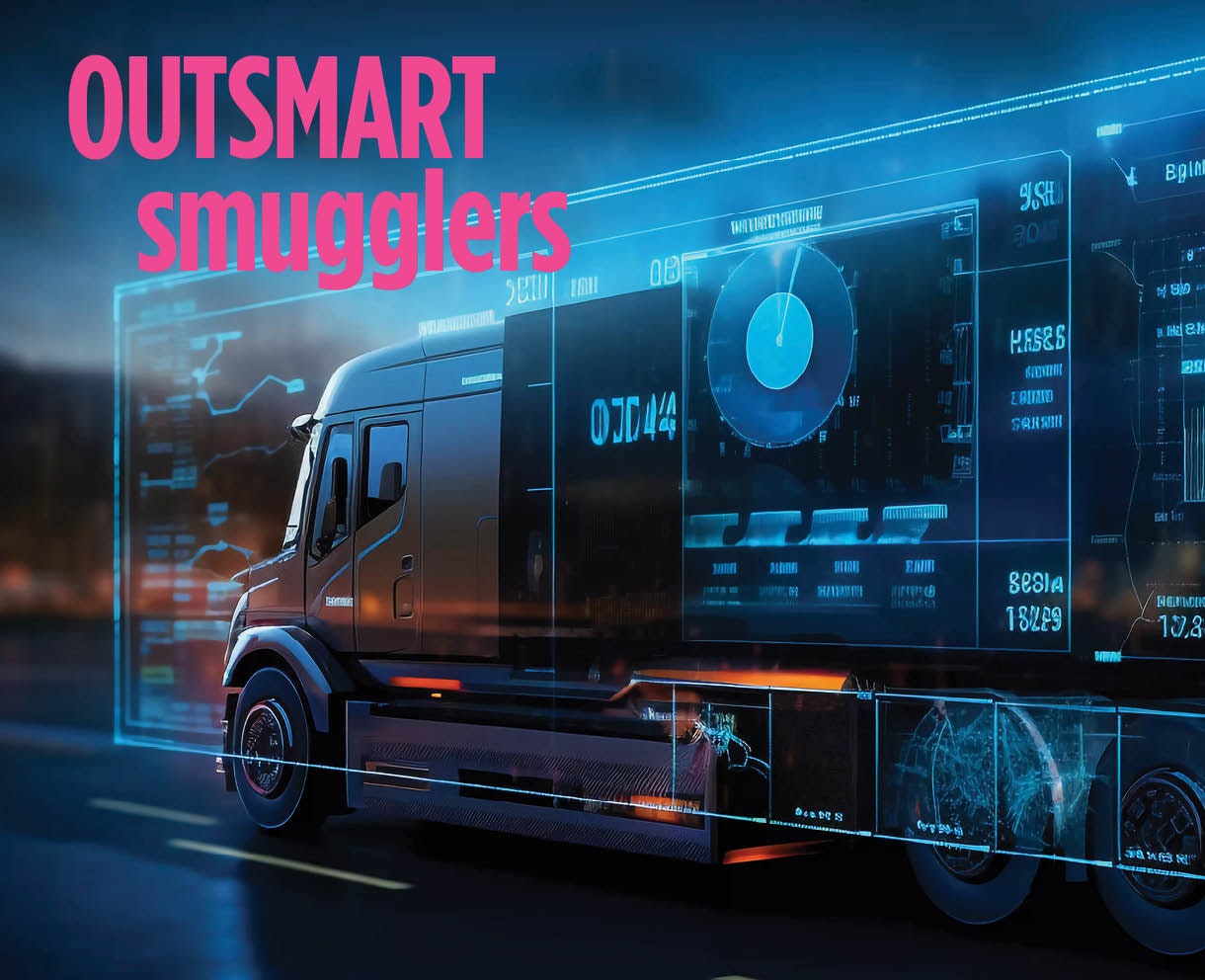
Outsmarting Smugglers: Contraband detection in the era of AI
AI is transforming smuggling detection by predicting high-risk shipments through analysis of various textual data. The emerging frontier is image-recognition algorithms trained on thousands of X-ray images annotated by experts. As smuggling techniques get more sophisticated, so too must our methods of detection.
